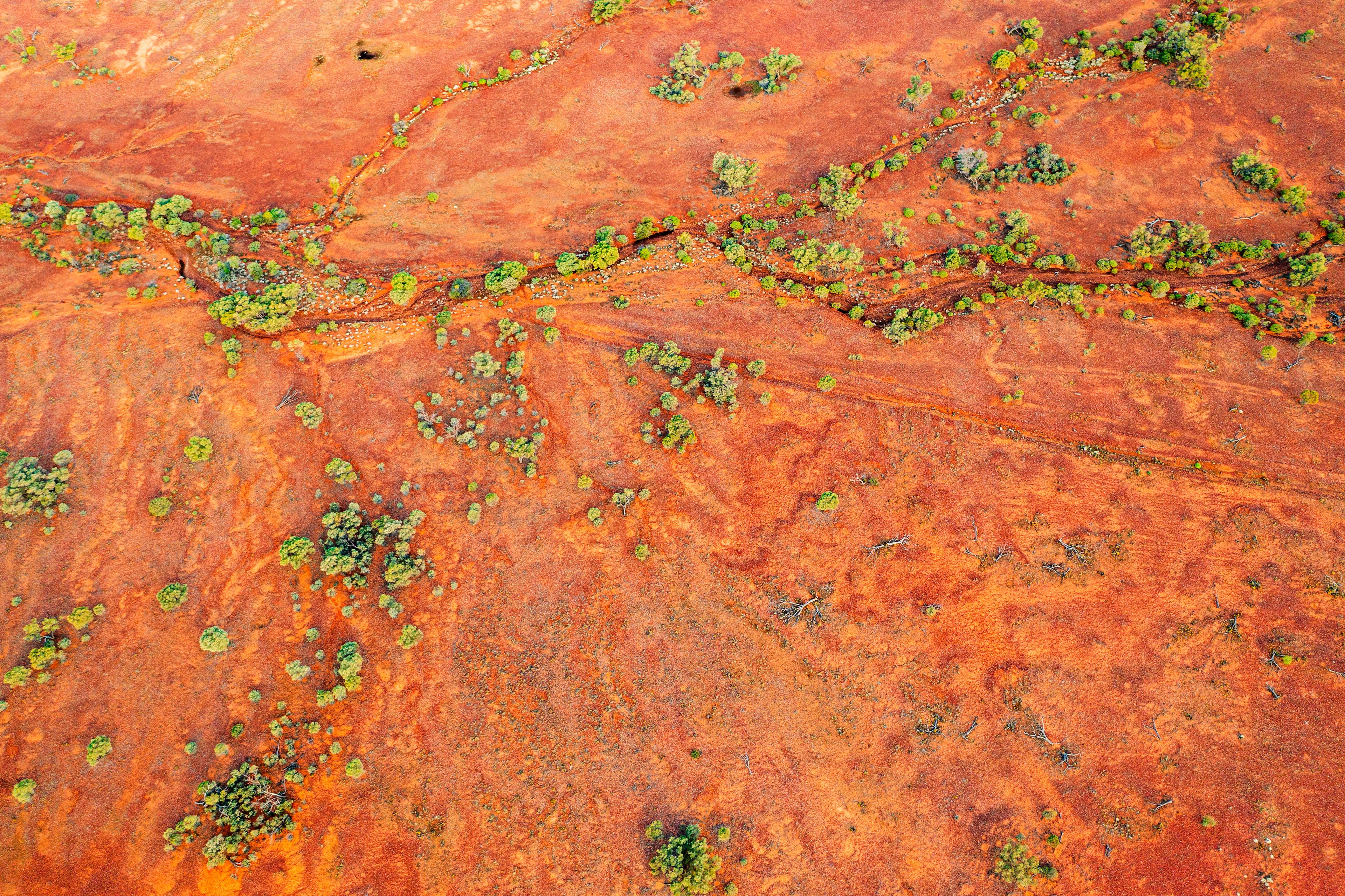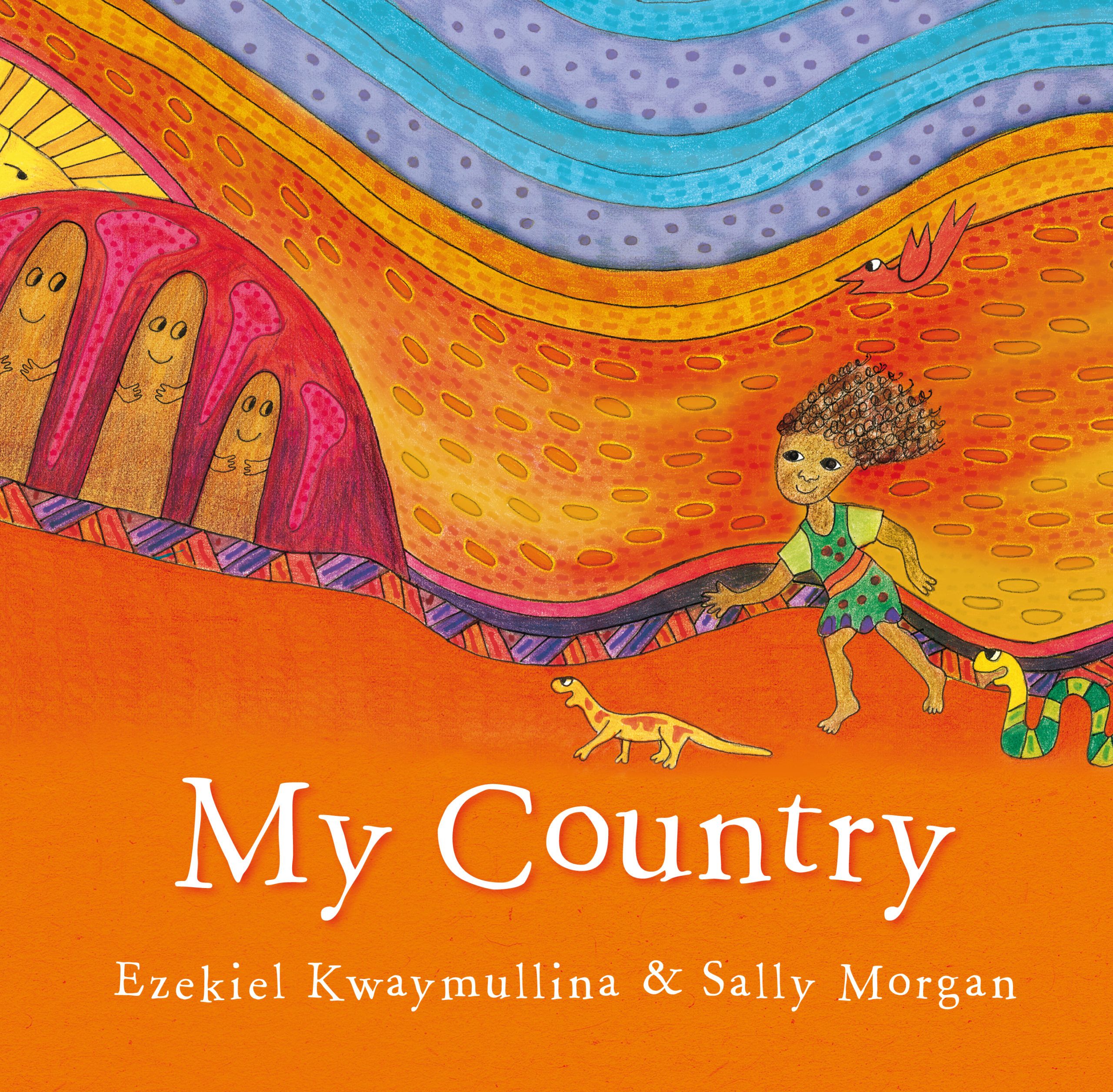Home/Curriculum resources/Learning about Country/Place/Activity 1: Exploring what is Country/Place
Learning Areas:
English, Humanities and Social Sciences, The Arts
Year levels:
Level 3, Level 4

Activity 1: Exploring what is Country/Place
This activity is a part of the Learning about Country/Place resource.
Red outback landscape desert green trees. Location: Tibooburra, New South Wales. Photographer: Andrew Merry. Getty Images. Used under licence.

Activity 1: Exploring what is Country/Place
Focus: Engage students with the concept of Place, emphasising personal connections and expanding their understanding to include Aboriginal and Torres Strait Islander perspectives of Country/Place.
Possible overarching question: How do our personal connections to place shape our understanding and respect for the significance of Country/Place to Aboriginal and Torres Strait Islander people?
Step by step guide
Step 1: Shared text and discussion
Step 2: Discussion about special places
Step 3: Create a visual representation of special places
Step 4: Reflection and sharing
Required Resources:
Teacher Support Material
Picture Story Book "My Country" by Ezekiel Kwaymullina (Palyku) & illustrations by Sally Morgan (Palku/Nyamal)
What does country mean poster
Special places visual representation template

Step 1: Shared text and discussion
Read "My Country" by Ezekiel Kwaymullina (Palyku) & illustrations by Sally Morgan (Palku/Nyamal). Encourage students to pay close attention to the depicted environments/landscapes, natural features, flora and fauna, as this will support students when discussing the concept of Country shortly. You may get students to record these observations.

My Country. Ezekiel Kwaymullina and Sally Morgan. Fremantle Press. © Sally Morgan and Ezekiel Kwaymullina. Used with permission.
After reading, discuss the variety of landscapes and elements presented in the book. Have students share what they noticed, specifically focusing on the final image that captures all the environments discussed. You may also discuss the illustrations and the emotions they evoke, linking the visual and textual elements to enhance comprehension. Move into discussing Country with students using the Teacher Support Material guidance and the What does Country mean poster. Connect this back to the text using the illustrations to support.
Step 2: Discussion about special places
Facilitate an initial reflection where students think about places that hold special meaning for them, like the character's connection to Country. Encourage students to consider not just the physical aspects but also the memories, feelings, and relationships associated with these places. You may want to have students move to a new location in the classroom for some personal reflection time. Have students discuss these places with a talking partner/buddy, exploring why these locations are meaningful to them. You may get students moving for this as they have been sitting for some time.
Step 3: Create a visual representation of special places
Students create their own visual representation of the places that are important/special to them. The image from the last page of the My Country text can be used as an example to support students with this experience. Guide students in creating their visual representations, offering prompts to help them articulate why these places are significant.
What emotions do you feel when spending time in this place?
Are there certain people that you experience this place with that make it special?
Do you do particular activities at this place that makes it special?
Encourage creativity and personal expression, ensuring students feel their representation is a meaningful depiction of their connection. They can use this template or create their own.
Step 3: Reflection and sharing
Organise a classroom Gallery Walk where students can view and appreciate each other's work, providing feedback or posing questions to their peers about the depicted connections to place. Have some students stay to explain their representation while others rove around the room and swap. Conclude with a reflective writing opportunity where students write a short paragraph that supports their visual representation. This could take different forms, e.g. narrative, poem, informative, descriptive. You may also choose to undertake this during a literacy session.

Related activities within this resources:

Activity 2: Understanding perspectives of Country/Place
Building on Activity 1, where students explored personal connections to place, this activity deepens their understanding of Aboriginal and Torres Strait Islander perspectives of Country/Place. Students will engage with a video clip, analyse quotes, and participate in guided discussions to explore the multifaceted relationship Aboriginal and Torres Strait Islander Peoples have with the land.

Activity 3: Discovering Aboriginal and Torres Strait Islander nations & languages
Building on Activities 1 and 2, where students explored personal connections to place and Aboriginal and Torres Strait Islander perspectives of Country/Place, this activity focuses on the diversity of Aboriginal and Torres Strait Islander nations and languages. Students will engage with a shared text, explore the AIATSIS map of Indigenous Australia, and learn about the Indigenous nation of their special place.

Activity 4 (Part one of two): Researching an Indigenous nation
Building on Activities 1 through 3, where students explored personal connections to place, Aboriginal and Torres Strait Islander perspectives of Country/Place, and the diversity of Aboriginal and Torres Strait Islander nations and languages, this activity focuses on in-depth research of an Indigenous nation. Students will engage with a shared text, explore the AIATSIS map of Indigenous Australia, and conduct research on an Indigenous nation related to the case studies in part two of this activity.

Activity 4 (Part two of two): Exploring natural features in defining Country/Place through case studies
Building on Activities 1 through 4, students have explored personal connections to place, Aboriginal and Torres Strait Islander perspectives of Country/Place, the diversity of Aboriginal and Torres Strait Islander nations and conducted in-depth research on a specific Indigenous nation. This activity now focuses on the significance of natural features in defining Indigenous nations. Through case studies, students will investigate how natural features contribute to the cultural importance of these areas. This activity will deepen students' understanding of the integral role that natural landscapes play in the identity and practices of Aboriginal and Torres Strait Islander people.